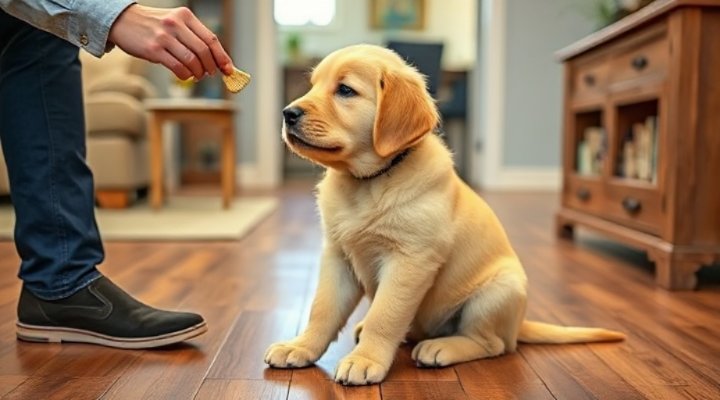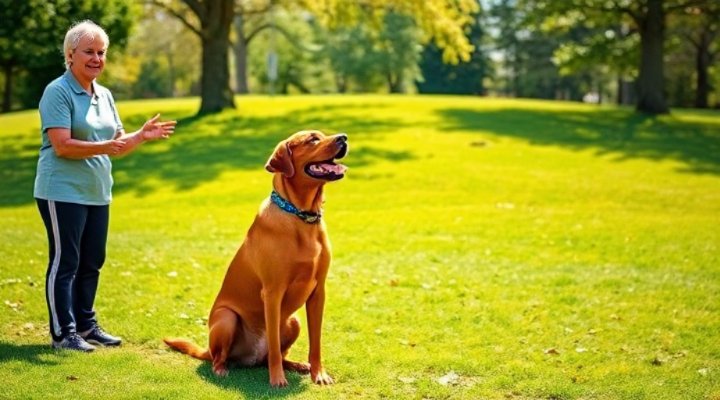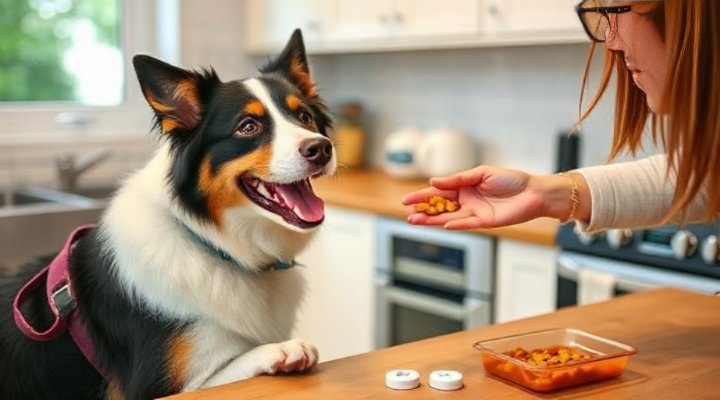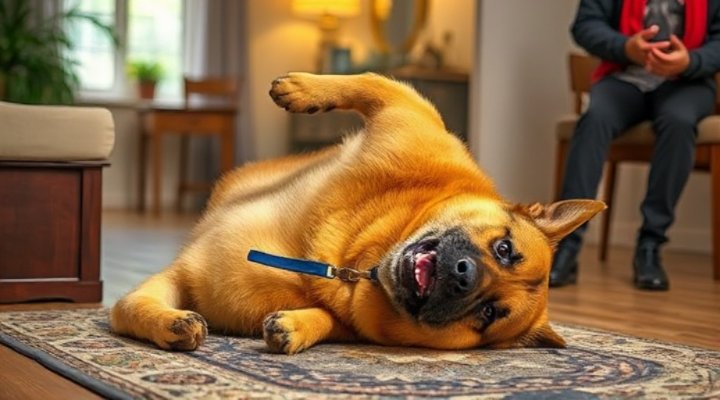House training a dog is one of the most important aspects of pet ownership. Whether you’re bringing home a new puppy or working with an adult dog, establishing good habits early on will create a harmonious living environment for everyone. In this comprehensive guide, we’ll cover everything from basic obedience to advanced behavior modification techniques.

The Fundamentals of House Training
When beginning house training, consistency is key. Dogs thrive on routine, so establishing regular feeding times, potty breaks, and training sessions will help your pet understand what’s expected. Start with basic commands like ‘sit’, ‘stay’, and ‘come’ – these form the foundation for all other training.
For potty training, take your dog out frequently, especially after meals, naps, and play sessions. When accidents happen (and they will!), clean thoroughly with enzymatic cleaners to remove odors that might attract repeat offenses. Remember, punishment is counterproductive – positive reinforcement yields far better results.

Behavior Correction Techniques
Common behavior issues like chewing, barking, or jumping can be addressed through redirection and positive reinforcement. For example, if your dog jumps on guests, teach them to sit for greetings instead. Our article on dog trainer for aggressive dogs offers additional insights for more challenging behaviors.
According to the American Veterinary Medical Association, most behavior problems stem from lack of exercise, mental stimulation, or clear communication. Ensure your dog gets plenty of physical activity and brain games to prevent boredom-related misbehavior.

Advanced Training Methods
Once your dog has mastered basic obedience, you can move on to more advanced training. This might include off-leash reliability, complex tricks, or specialized skills like therapy work. The therapy dog training guide on our site provides excellent resources for this specialized training.
Advanced training often incorporates tools like clickers or target sticks. These help mark desired behaviors with precision. Remember to keep sessions short (5-15 minutes) and end on a positive note to maintain your dog’s enthusiasm.

Troubleshooting Common Challenges
Every dog learns at their own pace. If you’re struggling with a particular aspect of house training, consider these tips:
- For stubborn chewers, provide appropriate chew toys and use bitter apple spray on forbidden items
- For excessive barking, identify the trigger and teach a ‘quiet’ command
- For separation anxiety, gradually accustom your dog to alone time starting with short absences
The American Kennel Club offers excellent resources for addressing specific training challenges.

Maintaining Training Long-Term
Training isn’t a one-time event but an ongoing process. Even after your dog has mastered house training, continue to reinforce good behavior through:
- Regular practice sessions
- Occasional refresher courses
- Continued mental stimulation through puzzle toys and new challenges
For more specialized training needs, check out our guide on German Shepherd puppy training or ultrasonic trainer reviews.
Remember, every dog is unique. What works for one may not work for another. Be patient, consistent, and always train with kindness. The bond you build through positive training will last a lifetime.
Related Keywords: dog obedience training, puppy house training, dog behavior correction, advanced dog commands, positive reinforcement training

